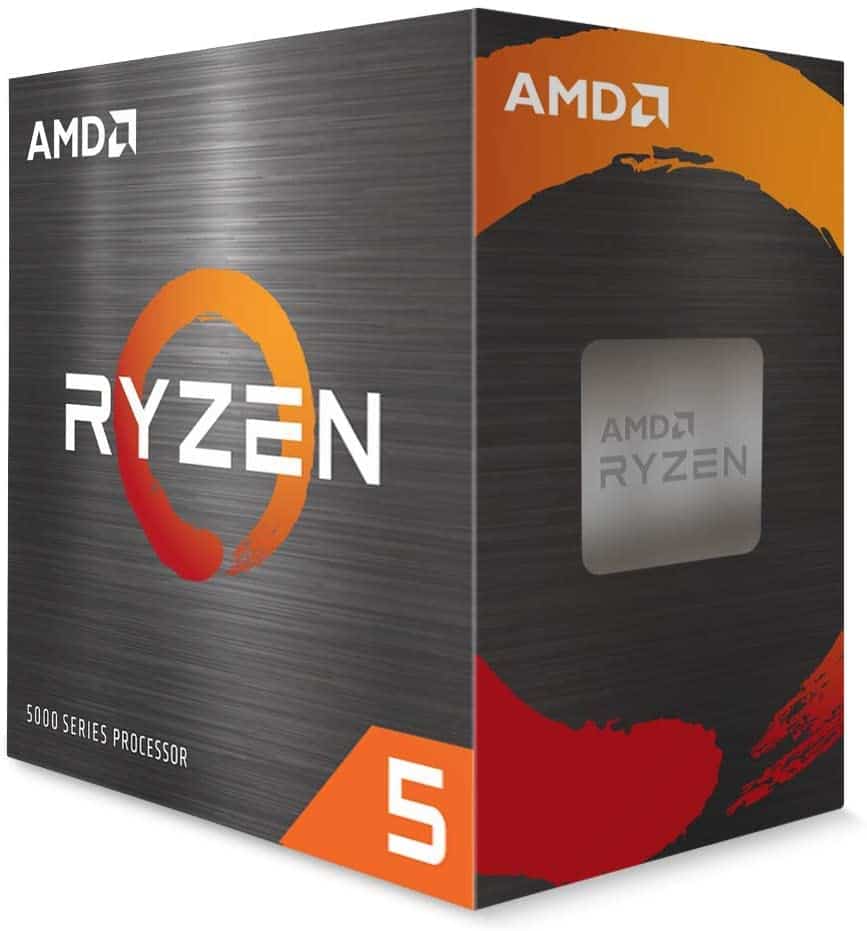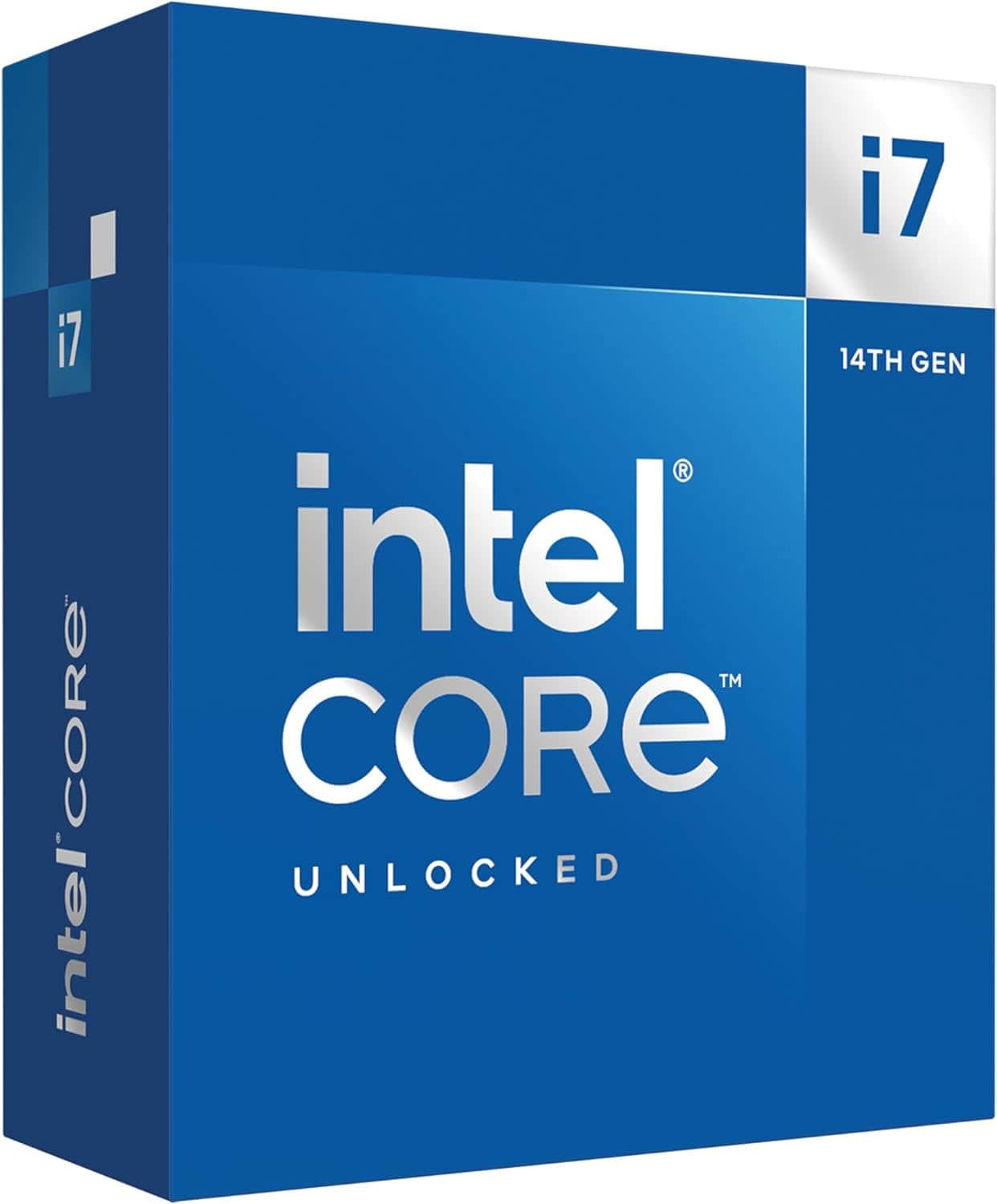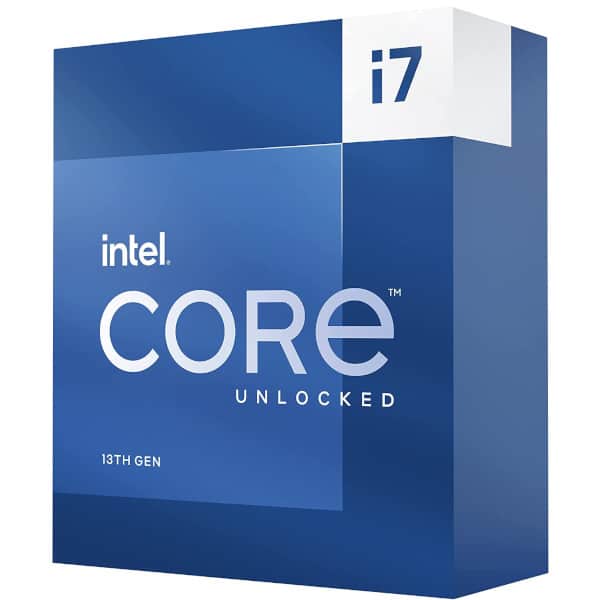Ryzen 9 5900XT Vs Core i9-13900k – How much is the performance difference?

Table of Contents
The Ryzen 9 5900XT is a high-end processor built for those who want something for demanding applications. It is one of the two XT processors that AMD recently released.
The XT model offers some minor improvements over the regular version, but how does it stack up against a top-tier processor from Intel, the 13900K? To find out, we’ll compare their foundation, core count, speed, TDP, and cache size and see which one comes on the top. In our 13900K review, the CPU did not disappoint us in terms of performance, but let’s check out how it performs against the newly released XT variant of the 5900X.
Prime Day is finally here! Find all the biggest tech and PC deals below.
- Sapphire 11348-03-20G Pulse AMD Radeon™ RX 9070 XT Was $779 Now $739
- AMD Ryzen 7 7800X3D 8-Core, 16-Thread Desktop Processor Was $449 Now $341
- ASUS RTX™ 5060 OC Edition Graphics Card Was $379 Now $339
- LG 77-Inch Class OLED evo AI 4K C5 Series Smart TV Was $3,696 Now $2,796
- Intel® Core™ i7-14700K New Gaming Desktop Was $320.99 Now $274
- Lexar 2TB NM1090 w/HeatSink SSD PCIe Gen5x4 NVMe M.2 Was $281.97 Now $214.98
- Apple Watch Series 10 GPS + Cellular 42mm case Smartwatch Was $499.99 Now $379.99
- ASUS ROG Strix G16 (2025) 16" FHD, RTX 5060 gaming laptop Was $1,499.99 Now $1,274.99
- Apple iPad mini (A17 Pro): Apple Intelligence Was $499.99 Now $379.99
*Prices and savings subject to change. Click through to get the current prices.
If you are interested in getting the Ryzen 9 5900XT for your rig, check out our Where to Buy 5900XT page. On it, you can find all major retailers that are currently offering this CPU.
AMD Ryzen 9 5900XT

Cores
16
Threads
32
Boost clock speed
4.8 GHz
Base clock speed
3.3 GHz
L3 Cache
64 MB
TDP
105W
Platform
AMD Socket AM4
Shop on Amazon
CHECK PRICEIntel Core i9-13900K

Cores
24 (8P-16E)
Threads
32
Boost speed
P-Core 5.8GHz / E-Core 4.3GHz
Base speed
P-Core 3.0GHz / E-Core 2.2GHz
L3 Cache
36 MB
TDP
253 W
Platform
Intel Socket 1700
Shop on Amazon
CHECK PRICESpecifications
| Specifications | Ryzen 9 5900XT | Intel Core i9-13900K |
| Architecture | Zen 3 | Raptor Lake-R |
| Socket | AM4 | LGA 1700 |
| Process | TSMC 7nm FinFET | 10 nm |
| Cores | 16 | 24 |
| Threads | 32 | 32 |
| Base clock speed | 3.3 GHz | E-core 2.2 GHz, P-core 3.0 GHz |
| Boost clock speed | 4.8 GHz | 5.8 GHz |
| L3 Cache | 64 MB | 36 MB |
| TDP | 105W | 125W/253W |
| Integrated graphics | Intel UHD Graphics 770 |
Foundation
For starters, the Ryzen 9 5900XT is based on the Zen 3 architecture. While this was first launched in November 2020, it is still considered a decent architecture. However, when compared with the latest architectures, it gets pale. For instance, the 13900K is a refresh of the Raptor Lake architecture, which is much more capable and advanced than Zen 3.
The AMD CPU uses the 7nm process technology, while the transistors on the 13900K are based on the 10nm processor technology. However, while 7nm process technology translates to more transistors on the CPU, the 13900K comes with more cores. So, it leads the comparison in terms of transistor count.

Cores and clock speed
The 5900XT comes with 16 cores and 32 threads, which are pretty decent numbers. The CPU also uses SMT technology, popularly known as hyperthreading, the deliver better performance in demanding tasks that require more power.
On the other hand, the 13900K has 24 cores, which are divided into P and E cores. On top of that, it offers 32 threads, the same as 5900XT. Considering it is built on an advanced architecture, the 13900K takes the lead in this scenario.
When it comes to frequency, the speed at which the CPUs can execute instructions, the 13900K once again takes the lead. The processor can reach a max speed of up to 5.8 GHz, while the 5900XT can only hit 4.8 GHz. While the speed is decent, it is still much lower than the 13900K.
However, it is important to remember that Intel CPUs can get extremely hot as they generate a lot of heat, especially under load. So, make sure you're using one of the best AIO coolers and the best thermal paste for the 13900K in case you opt for it.
As far as the performance is concerned, the 13900K was able to deliver great results in our tests. In tools like CPU Z, Cinebench, and Geekbench, it delivered high scores. However, as the 5900XT is not as powerful as the 13900K, we can’t expect its performance to be better.
TDP and cache
The 5900XT has a TDP of 105W. So, it won't need a massive power supply. On top of that, a 105W TDP is considered decent, so it won't generate a lot of head under load. On the other hand, the 13900K has a TDP of 125W, and it can go up to 253W.
When it comes to cache, the 5900XT has a 64 MB L3 cache, while 13900K has a 36 MB L3 cache. Now, you might think that the 5900XT takes the lead here, but that's not the case. While Team Blue's variant has a smaller cache size, it has more cores that can access it.
Graphics
A big problem with the 5900XT is that it does not come with integrated graphics. This means that you will need a dedicated GPU to boot your system, as without it, you won't see any visuals on the screen.
On the other hand, the 13900K offers Intel UDH Graphics 770. While this isn't enough to run games at max settings, it will still help you boot the system and use applications like Microsoft Word, MS Paint, and other basic light apps.
Pricing
If you're interested in getting the Ryzen 5 5900XT, you can grab it from Amazon right now for $349. On the other hand, the 13900K was launched with a price tag of $589 back in September 2022. However, right now, it is available for $459.99. According to CamelCamelCamel, the lowest we've seen yet for the processor is $439.52.
What has improved compared to the previous generation?
| Specifications | 5900XT | 3900X | 13900K | 12900K |
| Cores | 16 | 12 | 24 | 16 |
| Threads | 32 | 24 | 32 | 24 |
| Cache | 64 MB | 64 MB | 36 MB | 30 MB |
| Max boost clock | 4.8 GHz | 4.8 GHz | 5.8 GHz | 4.9 GHz |
| Base clock speed | 3.3 GHz | 3.7 GHz | E-core 2.2 GHz, P-core 3.0 GHz | E-core: 2.4 GHz, P-core: 3.2 GHz |
| TDP | 105W | 170W | 125W/253W | 125W / 241W |
| Architecture | Zen 3 | Zen 3 | Raptor Lake-S | Alder Lake |
While the 5900XT is a refreshed version of the 5900X, it would be better to compare it with its predecessor, the 3900X. As you can see in the chart above, the 5900XT offers four more cores and six more threads than the 3900X. On top of that, it consumes 65W less power than it. However, when it comes to the base frequency, the latter takes the lead.
On the other hand, the 13900K offers significant improvements over its predecessors with a base core/thread count, a bigger cache size, and a higher max boost clock speed.
Alternatives to the 5900XT and 13900K
Both the 5900XT and 13900K are excellent processors, capable of delivering exceptional performance for the price they come at. However, we understand that they may not be for everyone. If you’re in the same boat, you can check out some alternate options below.
-
AMD Ryzen 9 5950X
- Cores: 16
- Threads: 32
- Base clock speed: 3.4 GHz
- Boost clock speed: 4.9 GHz
- L3 Cache: 64 MB
- TDP: 105 W
-
AMD Ryzen 5 5600X
- Cores: 6
- Threads : 12
- Boost speed : up to 4.6 GHz
- Base speed: 3.7 GHz
- L3 Cache: 32 MB
- TDP: 65W
-
Intel Core i7-14700K
- Cores: 20 (8P-12E)
- Threads: 28
- Boost clock speed: P-Core 5.5GHz / E-Core 4.3GHz
- Base clock speed: P-Core 2.5GHz / E-Core 3.4GHz
- L3 Cache: 33 MB
- TDP: 125W
-
Intel Core i7-13700K
- Cores: 16
- Threads: 24
- Platform: Raptor Lake-S
- Base Clock Speed: 100 MHz
- Boost Clock Speed: 5.4 GHz
- L3 Cache: 30 MB (shared)
Which one is better for you?
The Ryzen 9 5900XT is a great option for those who want something that offers a great blend of affordability and performance. While it is not a budget option, it still doesn’t come with a premium price tag and offers exceptional performance.
On the other hand, the 13900K offers an advanced architecture compared to Zen 3, on which the 5900XT is based. It is much more capable of handling demanding tasks and will be more suited for a high-end build. That said, there is a difference of more than $100 between the two, so it’s obvious that the expensive Team Blue CPU performs better.
In the end, the decision comes down to you. If you’re fine with a mid-range option and won’t be doing any demanding CPU-intensive tasks, then 5900XT may be a more suitable option. It also has a lower TDP, only 105W. But if you’re after a powerhouse, then you’d want to go for the 13900K.







